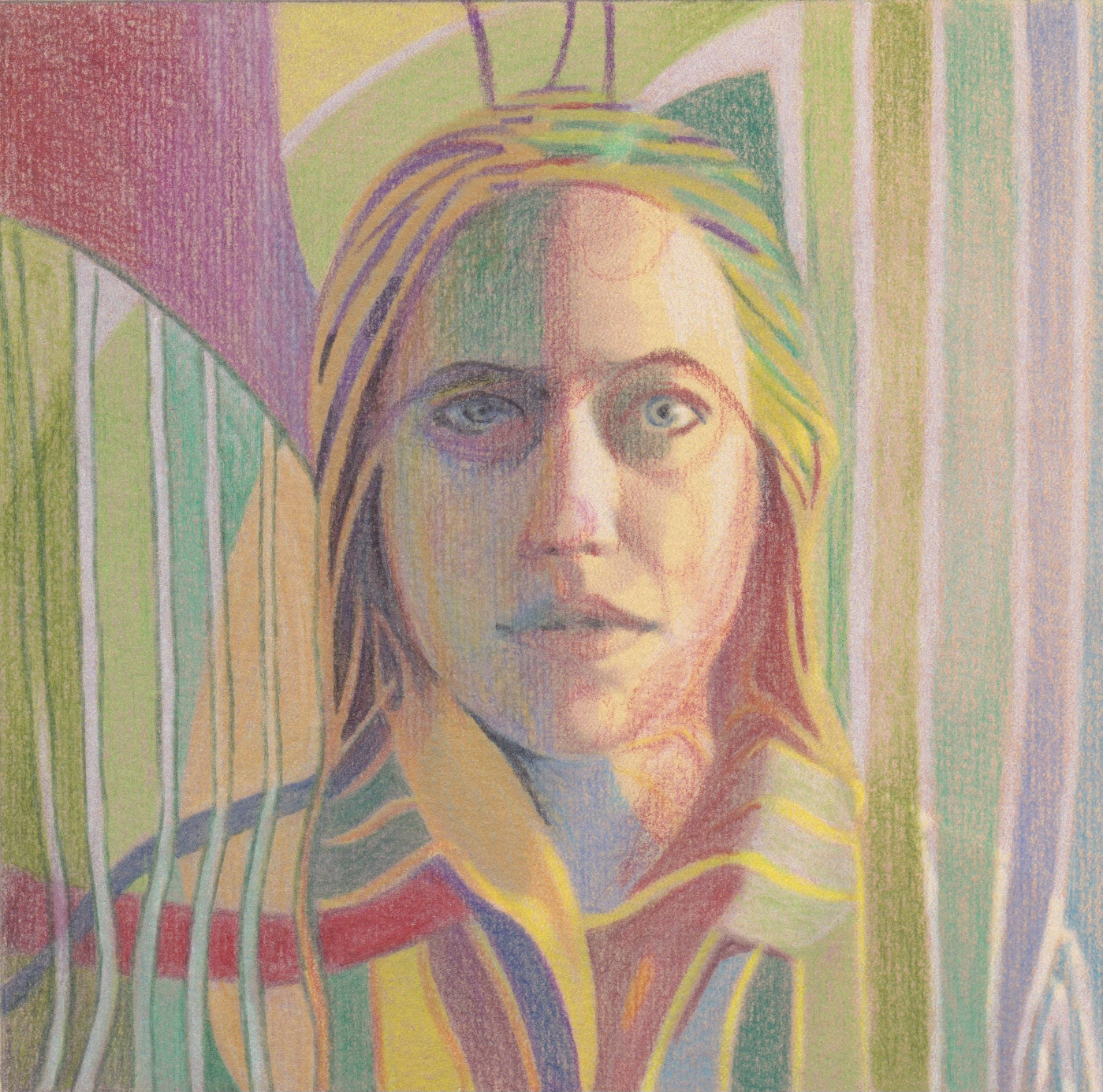Alma mater
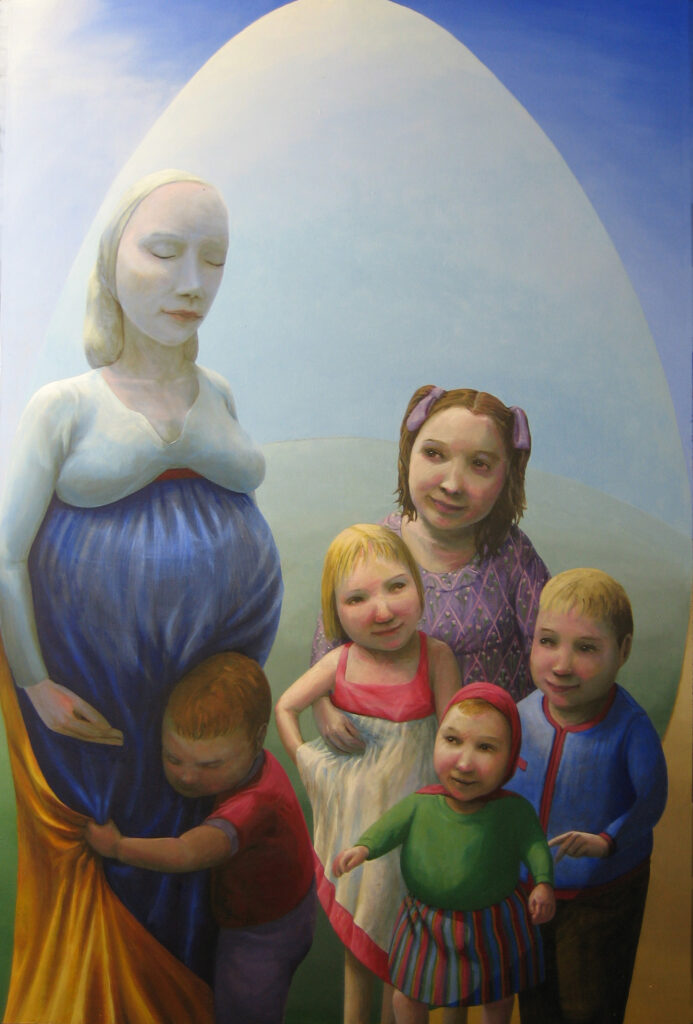
Looking at the development of the imagery of the Catholic Church with its’ countless Mother Maries, future intelligence might get the impression that we are presented with the cultural expressions of a matriarchy.
In the ancient days it was common practice that only the firstborn son would inherited the family-capital. This prevented the scattering of the family jewels.
Of course one could always help the oldest son to die before his day, but ones younger brother might get the same idea.
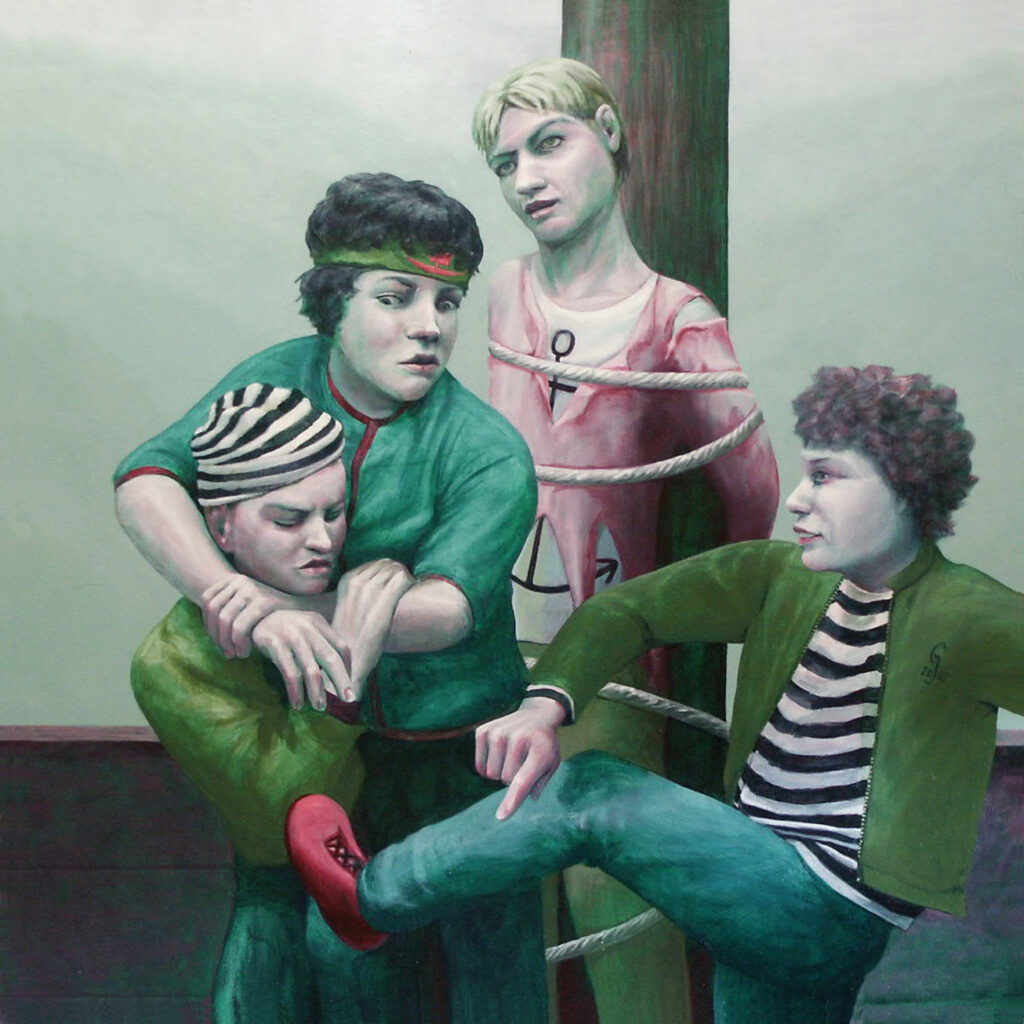
Fratricide and the consequential feelings of insecurity therefore burdened the dealings of Catholic high-society. They searched for a solution and a safe place.
Fortunately the story of Cain and Abel tells us that God favored the second son of Adam and Eve. And so the church became the designated safe-haven.

Of course the value of being a ‘mama’s boy’ as something that would outweigh the powers that come from the riches and wealth of a worldly nature, had to be promoted and sold .
So they invented a parallel universe. They countered the toxic masculinity of God in the old testament with an idealization of motherhood based on the new testament.
In the dealings of the upper classes there was however no development at all with regard to the emancipation of women. The status of women was still below that of men and just above that of cattle.
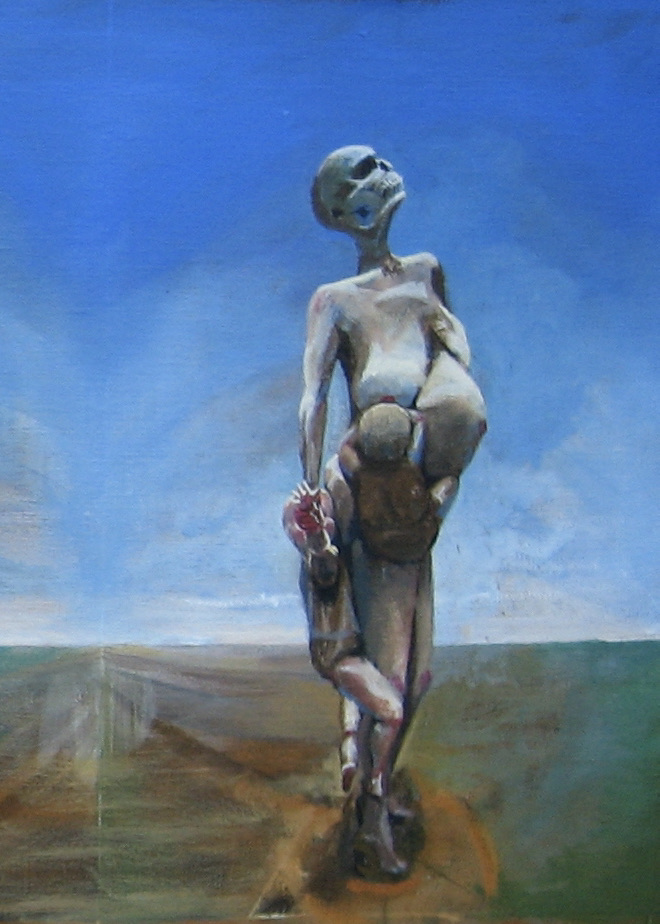
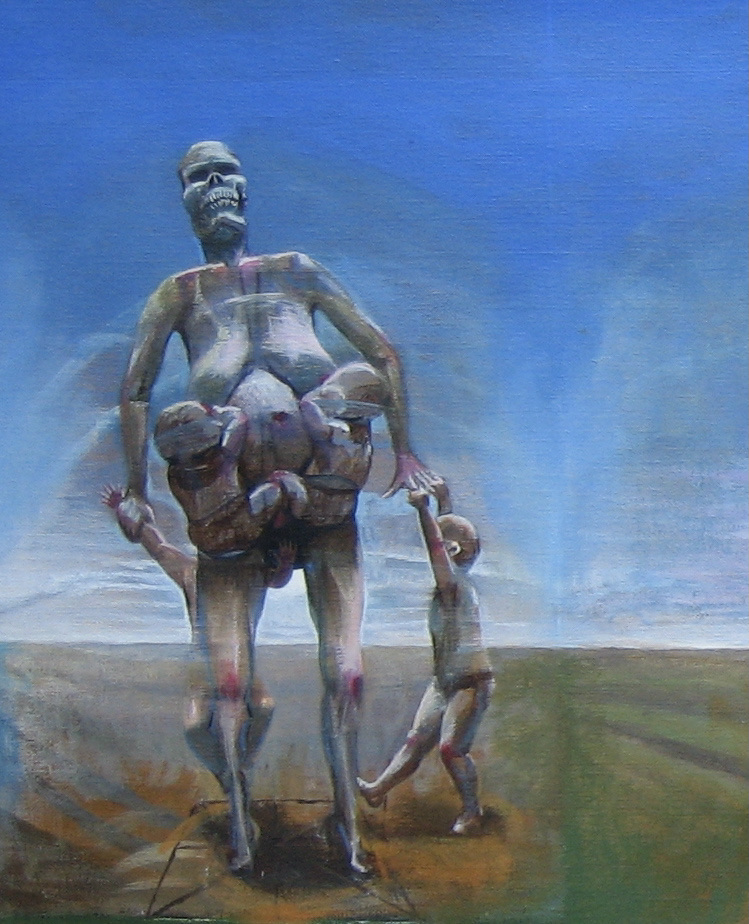
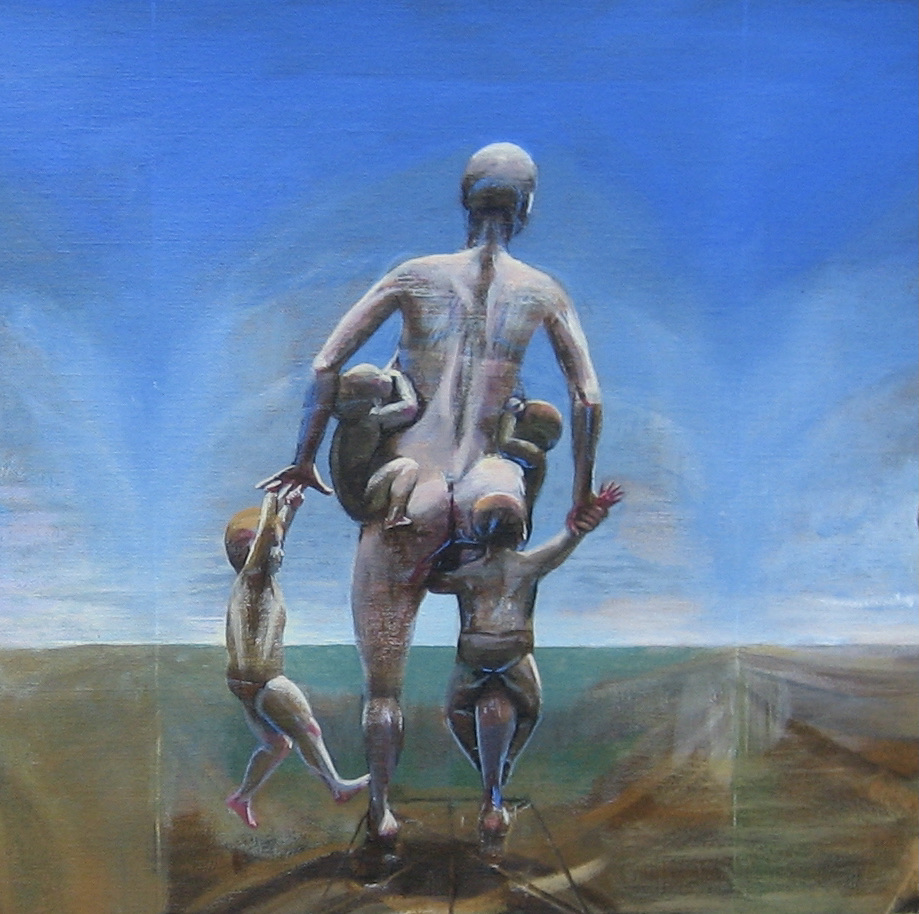
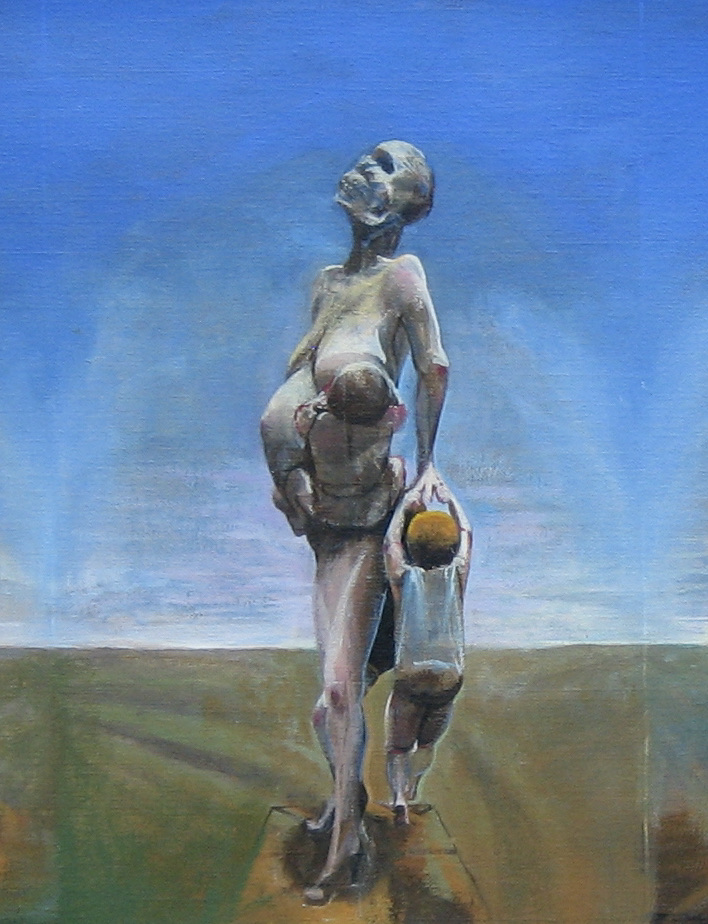
The development of a trademark
Nowadays the entanglement of the Catholic church with child-abuse is common knowledge.
Strangely enough, it appears that this awareness hasn’t changed a thing. It didn’t have any consequences at all. The standing of the institution seems to have remained the same.
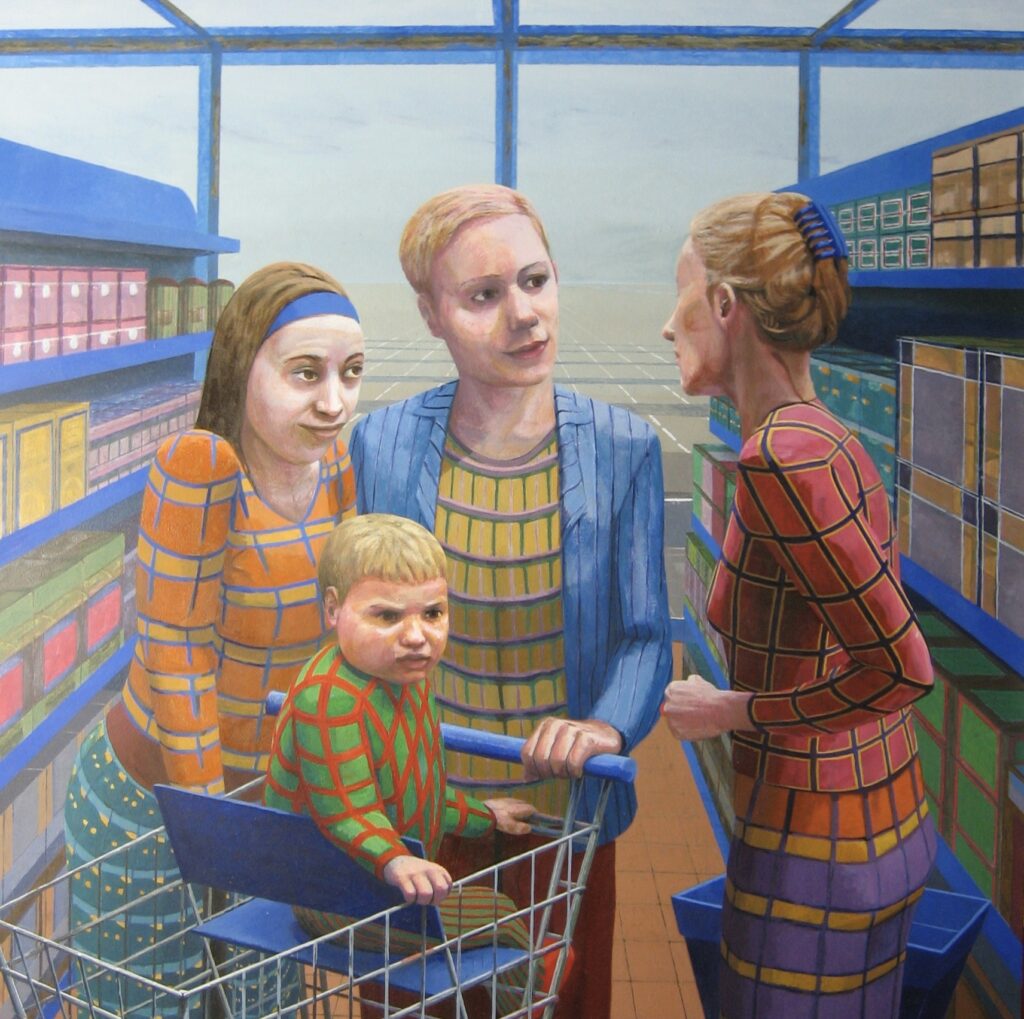
But the name ‘Catholic’ also circulates outside the establishment. Without having to face any consequences, one can freely call oneself or ones organization Catholic.
For example; the director of the Catholic Child Protection Service in The Hague used, in the second half of the 20th century the name both as a cover and as advertisement. This institution had no connection with Catholicism at all as the church has officially declared.
In his book ‘Weggejorist’, Robert van de Luitgaarden describes what life was like under the rules of the counterfeit Catholics. He also reports about his relentless pursuit of these kinds of organized perpetrators. And how he then became a target for the Dutch Justice Department.
The title of the book is a clever play on the first name of the architect of Dutch, Justice.

